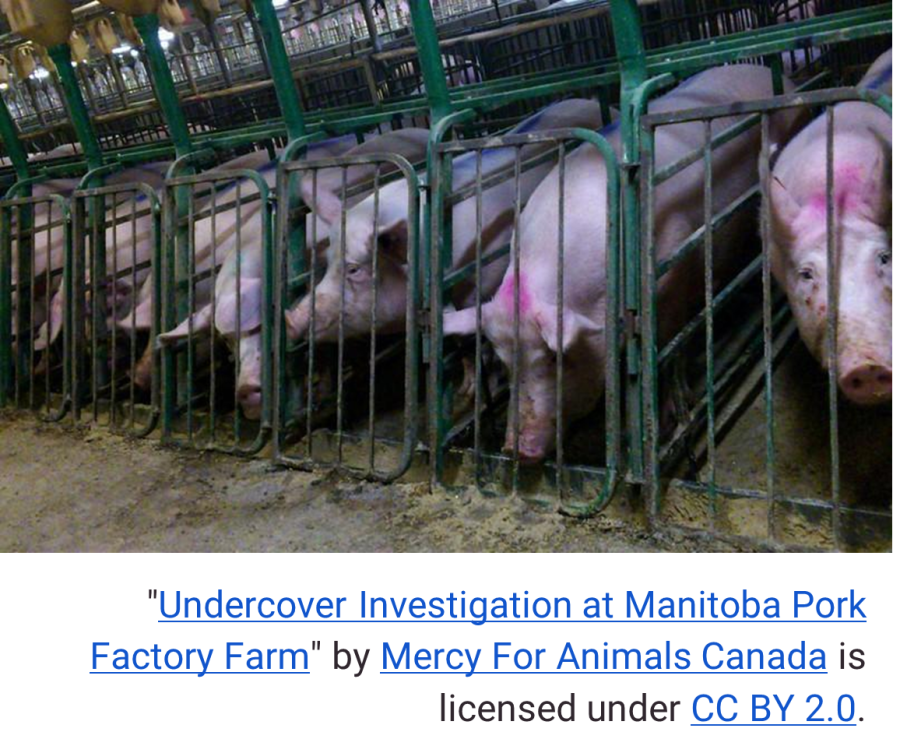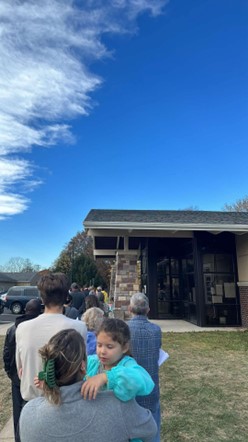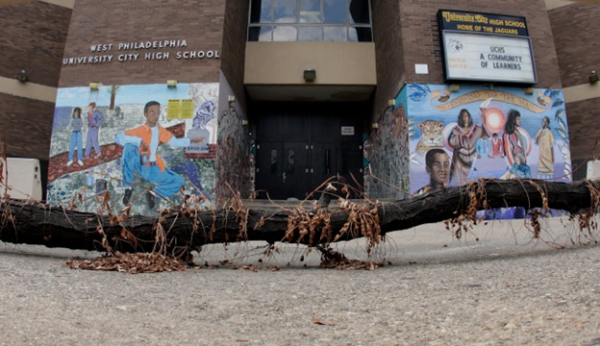Our Outdated Industrial Farms
Where does your meat come from? It likely comes from a Concentrated Animal Feeding Operation or a CAFO for short. A CAFO is an industrial farm that houses large numbers of livestock, at least thousands to hundreds of thousands of animals. These factories are outdated and harmful to the planet, and its inhabitants, yet CAFOs produce approximately 80 percent of the poultry, beef, and pork, and about 40 percent of the fish, consumed in the United States.
CAFOs run on the idea of supply, and demand. As the world’s population, including that within the United States, increases, more food needs to be produced to accommodate that population’s demand. According to Engel’s law, the higher a household’s income, the higher the quality of food they will buy; this quality food includes meat and other animal products. There is a need for agriculture; CAFOs manage to function with less space, require fewer resources, and produce more consistent products than traditional farming.
Despite the reasons for their perseverance, CAFOs have disastrous impacts on the environment, people, and animals. CAFOs produce tons of manure, and no matter where the manure is discarded, the waste, and what pathogens are within it, can enter surface water, and groundwater, both of which can serve as drinking water for nearby populations, and support local soil fertility. CAFOs also produce 7 percent of greenhouse gas emissions in the United States, including carbon dioxide, methane, and nitrous oxide. People living near CAFOs face foul odors, high pest populations, chronic respiratory conditions, unclean drinking water, and health risks from chemicals, and pathogens, caused by the nearby factories. Many animals in CAFOs live their lives within dark, crowded warehouses where insects swarm about, and spread disease throughout the populations.
Can agriculture be changed? Current farming laws are outdated and could be updated to incentivize more sustainable humane practices. Alternative systems such as agroecology combine livestock, and crops into one system, which allows animals to live free range while fertilizing crops. Individuals can buy locally when they have the means, and get in touch with their farmers to learn more about the practices going into their food. There are better alternatives to supporting CAFOs that are less harmful, while still supplying enough to support the population.
Sources:
https://www.cdc.gov/nceh/ehs/docs/understanding_cafos_nalboh.pdf
https://wfpc.sanford.duke.edu/podcasts/cafos-communities-and-alternatives-industrial-agriculture/
https://blog.uwgb.edu/env102a/alternatives-to-industrial-farming/
Jay Vernold, grade 12. Interests include writing, video games, gardening, cooking, spending time with family, spending time outdoors, and playing with...





